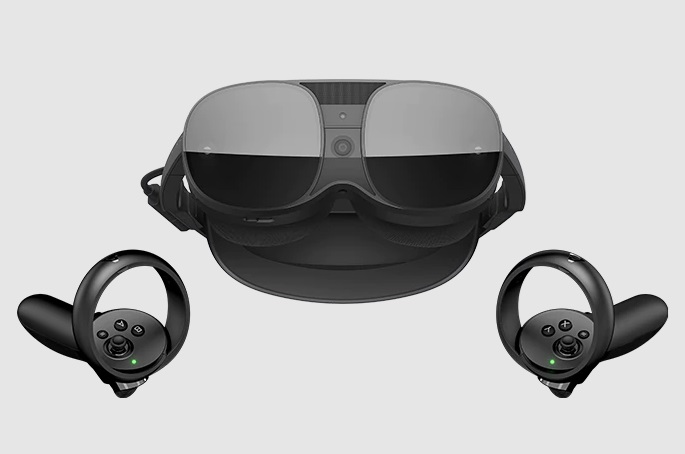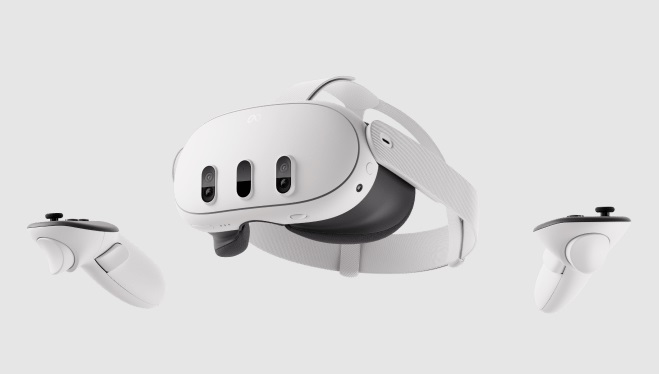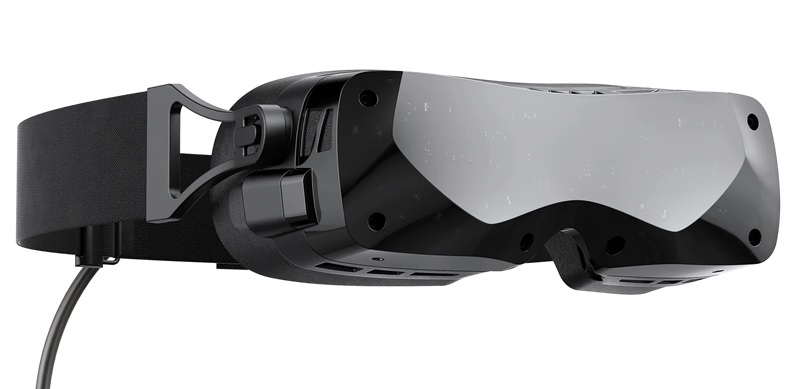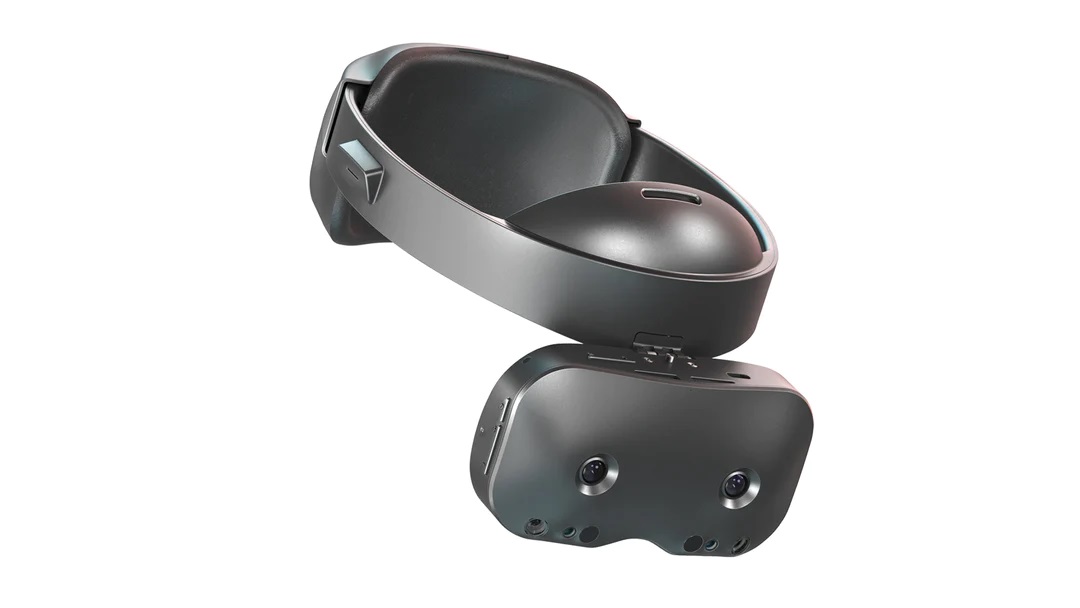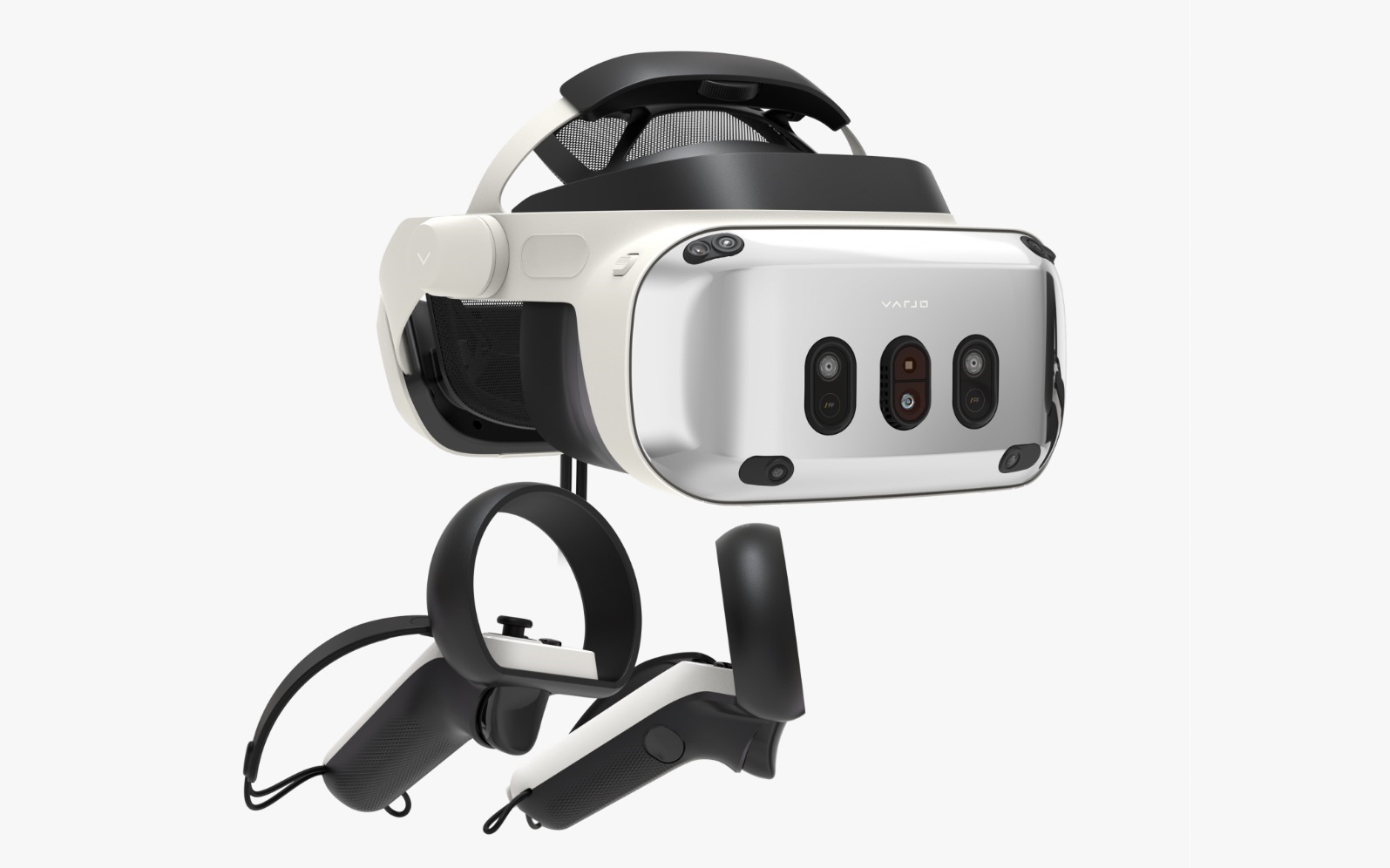As the curtains draw on 2023, the XR landscape has witnessed transformative changes, shaping not just the technology itself but also how we interact with the digital world. This milestone year in the evolution of augmented and virtual reality technology has been marked by significant product launches, technological advancements, and industry shifts.
While we won’t be able to tell you which VR headset to buy in 2023 (that is always down to a matter of personal preference), in this post we’ll delve into these developments, specifically spotlighting some of the headlining headsets that have helped to redefine the shape of the AR and VR market, and that have set us up for what will be a breakthrough year for XR in 2024. And who knows, maybe reading this analysis will provide you with several reasons to get a VR headset, if you don’t already own one.
Headset Launches
2023 was an amazing year for hardware enthusiasts, with dozens of exciting headset releases and announcements. We’ll dive into some of our top picks of the year.
HTC VIVE XR Elite
The VIVE XR Elite was introduced by HTC at CES 2023 at the beginning of the year. The device was really one of the first mainstream consumer XR brands to mark the shift towards what the industry is currently referring to as “mixed reality.” Priced at $1,099, the headset stands out for its lightweight and compact design, making it one of the most comfortable VR headsets available.
It features a screen resolution of 2K pixels per eye (4K combined), a 110-degree field of view, and a 90Hz refresh rate, offering users a finely tuned viewing experience. Additionally, the VIVE XR Elite boasts 128GB of memory and 12GB of RAM.
Going first is never easy, especially when an entire industry is watching and waiting to see what bar you are setting in order to fine tune their own offerings. However, despite the VIVE XR Elite coming out almost a year ago now, the headset is still one of the best mixed reality devices you can get at the moment, and an extremely solid contender within the standalone headset market. Plus, combining the device with VIVE’s enormous ecosystem of other hardware/software offerings and PC VR compatibility, it’s likely this device will still be the headset of choice for many this time next year.
Apple Vision Pro
A solid picture of what Apple's foray into the AR/VR domain is going to look like finally materialized this year, with the company announcing the Vision Pro, a spatial computing device set to ship in early 2024. Priced at $3,499, the headset features dual 4K displays, gesture tracking, and both an M2 chip and the new R1 chip that has been specifically designed for real-time processing of the real world. The Vision Pro packs an ultra-high-resolution display system with 23 million pixels across two displays (for reference, a 4K TV features more than 8 million pixels).
As well as an entirely new device from Apple, the company has also built its new VisionOS, the brand new operating system on which the Vision Pro will run. Through a combination of some incredible hardware and a new powerful operating system, the Vision Pro has been designed to give users as lag-free an experience as possible, which in turn should help to tackle one of VR’s most common problems – motion sickness.
Furthermore, in addition to the physical HMD and a new OS, the launch of the Vision Pro demonstrates Apple’s commitment to AR technology. The company rarely introduces a product without a viable use case, and its introduction of a new form factor highlights Apple’s bullish position on spatial computing as a new tool through which it can bring more value to users.
The device is already rumored to become available in March 2024, however this is yet to be confirmed by Apple themselves. Some industry commentators are even saying that the Vision Pro is the best headset that they have ever tried. Regardless of your opinion on Apple, it is hard to argue that the company’s entry into the XR market this year was probably the single most anticipated move by any tech company in the AR/VR space ever, and expectations are certainly running high for the upcoming headset.
Meta Quest 3
Released in September at a price of $499.99, the Meta Quest 3 set a new standard in the XR headset market. Building on the success of the Quest 2, Meta’s Quest 3 device introduced a slimmer and lighter design, enhancing comfort for extended use. A significant 30% increase in visual resolution and a 40% louder audio range compared to its predecessor also marked major improvements.
The Quest 3 was also the first device to feature Qualcomm’s new Snapdragon XR2 Gen 2 Snapdragon platform (more on this in a bit), coupled with 8GB of RAM, doubling the graphical power of the Quest 3 when compared with the Quest 2.
Marketed as a “mixed reality" device (for clarification on the terms, see our last blog post on the subject), the Quest 3’s AR passthrough capabilities on a VR headset have allowed creators and game developers to come up with entirely new ways in which users can interact with their surroundings. These advancements not only improve the user experience but also push the boundaries of what's possible in virtual and mixed reality environments.
Bigscreen Beyond
Also released in September 2023, Bigscreen Beyond is a groundbreaking VR headset, noted for being the world’s smallest, weighing just 127 grams, yet still packing a punch. Priced at $999, it features MicroOLED displays and advanced pancake optics, offering a high resolution of 5120 x 2560 pixels and up to 90 Hz refresh rates. Bigscreen Beyond's slim profile is designed for comfort and fully supports VR games on Steam with compatibility to SteamVR tracking.
The headset looks like something straight out of a futuristic sci-fi movie, and could well be paving the way for a future of small, slimline VR headset form factors. If this is how headsets look in 5-10 years time, we wouldn’t be disappointed. But the beauty is, you don’t have to wait half a decade to look like you’re already in Ready Player One - you can order your own Bigscreen Beyond device today!
Lynx R1
The Lynx R1 only came out last month, but there have been enough demos of the headset for the market to know that Lynx is a serious player when it comes to functional XR hardware. The R1 is a groundbreaking mixed reality headset that stands out for its affordability and innovation. Priced at $849 for the standard edition, it offers a blend of VR and AR with a unique "True Mixed Reality" experience.
The device prioritizes user experience, data sovereignty, and privacy, requiring no Facebook account or cloud connection, and allows for complete offline operation. Featuring the Snapdragon XR2 Gen 1 processor and "4-fold catadioptric" lenses, the R1 ensures a slimmer design and balanced weight distribution, making it a significant addition to 2023’s lineup of new XR headsets.
The beautiful thing about the Lynx R1 is that it is truly helping to change people’s lives—for example, by helping those who are visually impaired to see more of the world—which alone is reason enough to include it in this blog post. You can watch Lynx’ Founder Stan Larroque on stage with Chris McNally at AWE USA earlier this year highlighting the R1’s suitability as an assistive technology device.
Varjo XR-4 Series
Only very recently announced (last week!) was Varjo’s latest lineup of headsets, the XR-4 series, which includes the XR-4, XR-4 Focal Edition and XR-4 Secure Edition. This most recent announcement from the company, whose headsets are known for their high-fidelity visuals and industrial-grade build, represents a significant leap in XR technology.
Varjo's headsets are a go-to choice for professionals in various fields such as design, engineering, and simulation training. The Varjo XR-4 Series seems like it will be setting a very high bar in the professional XR headset market, thanks to unparalleled visual fidelity and robust features. The company’s technology always seems to exemplify the power and potential of XR for transforming professional workflows, training, and research. However, this means that the devices come with quite a hefty price tag.
The XR-4 series starts at $3,990, so definitely not the sort of device that users buying on a budget would be considering. However, with specs that already rival Apple’s Vision Pro device (which also has its own hefty price tag), it will still have an appeal to professional consumers. Although initial availability for the XR-4 series will be reserved for enterprise purchases only, Varjo is offering a waitlist for those consumers that are looking for the absolute best level of visual fidelity in their XR experiences.
What Lies Ahead
This review is by no means an exhaustive list, and there have been many other amazing headset launches and announcements that have taken place this year. However, there simply isn’t space to cover every single one of them in this post. But that in itself should be a very positive indicator for the XR industry, in that there is now so much choice when it comes to VR/MR devices, it signals that the industry is continuing to mature. Growth in demand from both consumers and the enterprise is helping to drive innovation across the sector, which can only be a good thing for the future of augmented, virtual and mixed reality technologies.
Part two of this series will take a look at some of the other XR technologies that have been announced this year that have made a huge impact on the progress of the industry as a whole. While it is unknown exactly what new devices and headsets will arrive in 2024, one thing is for sure - you’ll be able to experience the latest in this cutting edge XR technology and get hands on with the latest VR and AR devices at AWE’s events next year.
Super Early Bird tickets for AWE USA in Long Beach, California are still on sale for just $695, so make sure you’re a part of what will be the most exciting XR event of 2024.
Plus, if you’re interested in participating in other ways, whether speaking, exhibiting, sponsoring, or joining AWE’s enterprise program, there are plenty of ways to get involved in next year’s events.

